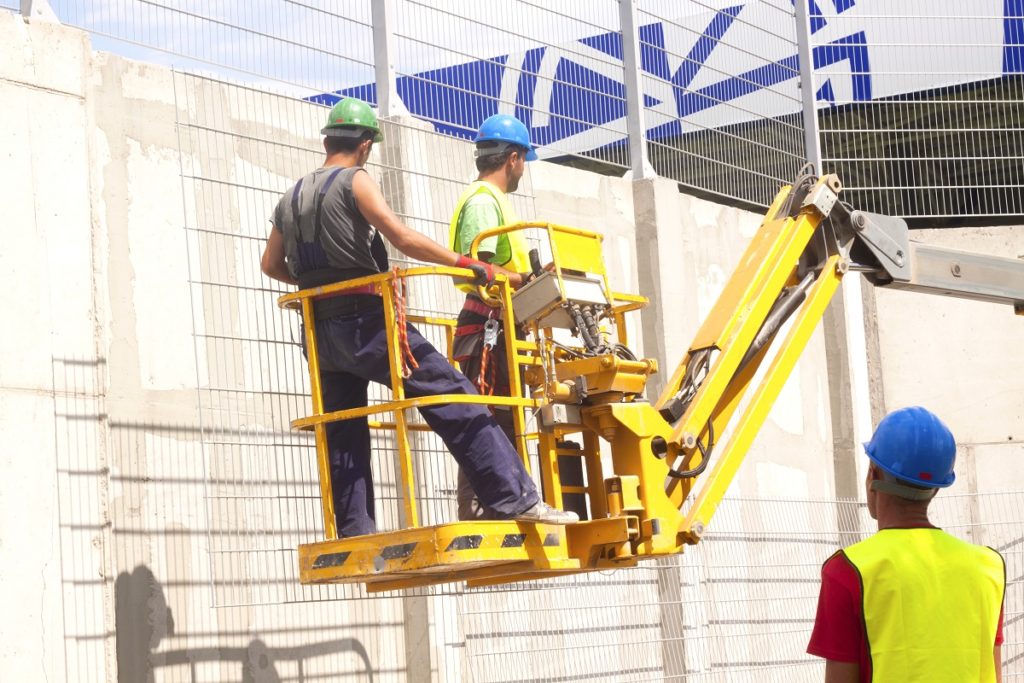The Australian Bureau of Statistics says that over 563,600 of the country’s 13.4 million workers has experienced a work-related injury or illness from July 2017 to June 2018. The construction industry had the highest work-related injuries in the ABS’ report, with 59 per 1,000 employees. This is followed by manufacturing (58 per 1,000), and health care (55 per 1,000). Construction and manufacturing are major drivers of the country’s economy. As such, it’s the duty of builders and factory owners to do their best to keep their employees safe from getting hurt. Here are injuries your workers could experience onsite, and how to prevent them.
Cuts and Wounds
According to Safe Work Australia’s construction industry profile, cuts and wounds were the most common work-related injury in 2015, as over 31% of workers experienced having one during that year. These types of injury can lead to severe infections like tetanus, a life-threatening disease that may cause painful body spasms. As such, it’s imperative that you have a strict safety dress code for your workers so they would avoid injuries.
Apart from providing them with hardhats, you should also sponsor their work boots and gloves to ensure that they don’t end up with cuts after working with various metals and power tools all day. If you want to double down on protection, make sure that they all have their tetanus shots updated, too.
Strains and Sprains
About 21% of construction site employees experience sprain and strain injuries, according to the profile. Workplace Health and Safety (WHS) Queensland stated in a recent report that these types of issues account for about half of workers’ compensation claims in the state. These types of injuries also cause employees to miss about 40 work days. What’s worse is that 15% of them don’t come back to work at all.
The WHS says that workers often experience this when improperly lifting heavy objects like beams, causing them to tear a muscle. One of the best ways to prevent this from happening is to identify which manual tasks are hazardous and opt for mechanical equipment like truck lifts and cranes to do the heavy lifting.
Electrocution Fatalities

About 15% of the work-related fatalities in the WHS report involved electrocution. Over 87% of these incidents from 2003 to 2015 involved installing electrical equipment. Apart from damp surroundings, equipment like welding tools may also cause life-threatening electric shocks because of their sensitive circuits. As such, it’s essential to provide your employees with welding safety apparel. You should also ensure that they’re up to date with the WHS’ welding precautions, so they know what to avoid doing when using their tools.
Construction site injuries are a bane to your project’s productivity. As such, you should go the extra mile in making sure that your employees are safe on the field. Give them the right tools and training to handle their work. Identify hazardous tasks immediately to come up with a strategy involving equipment like truck lifts or cranes to do all the heavy lifting. Approach every project to put your employees’ safety first, and you’ll have no problems being on track.

